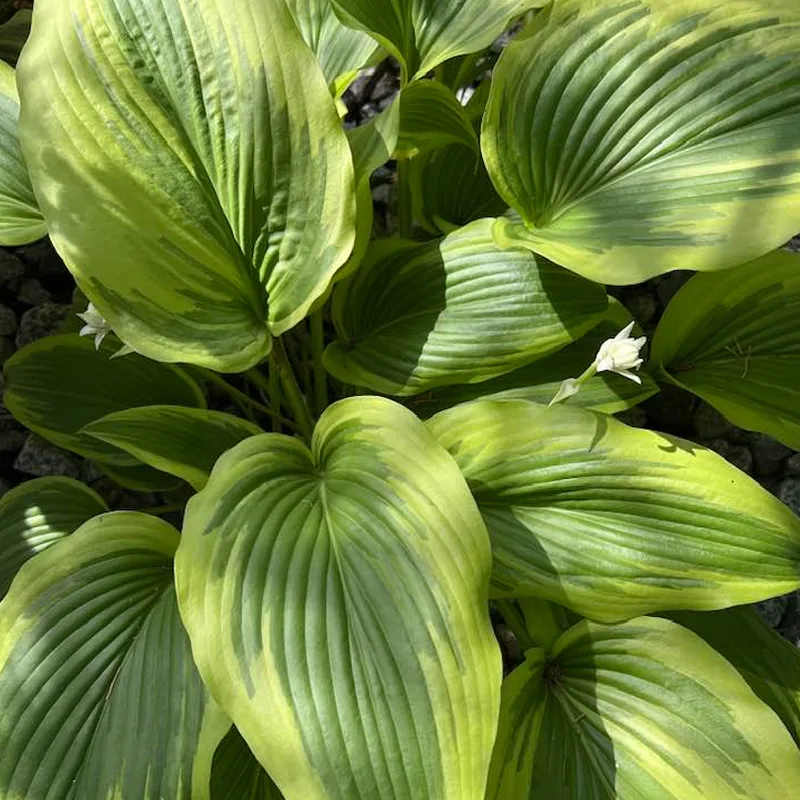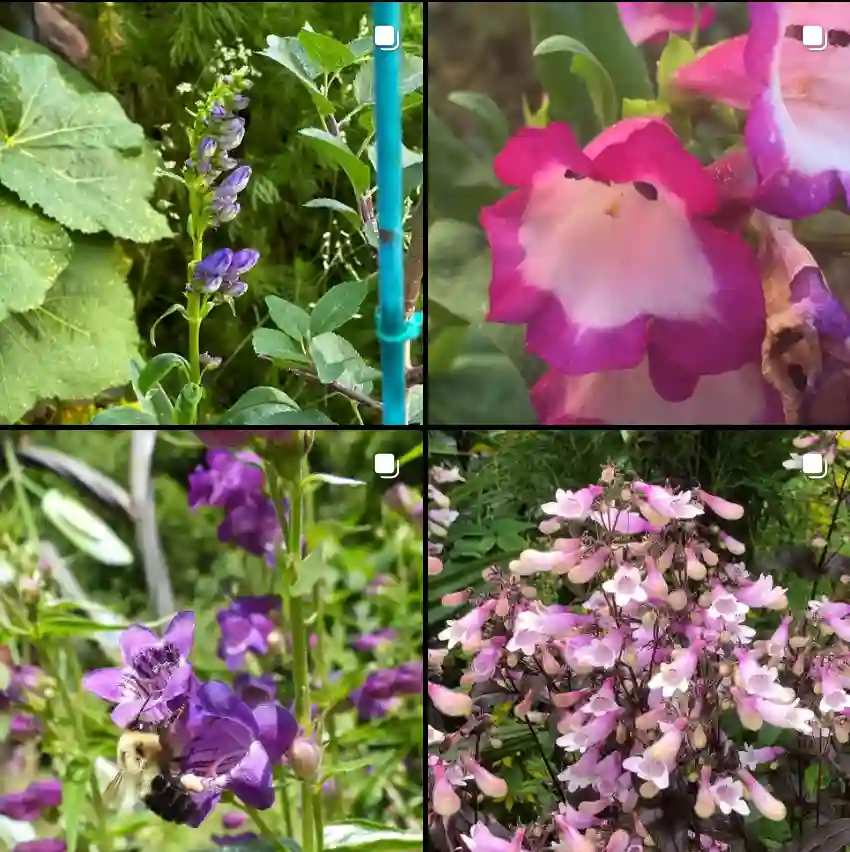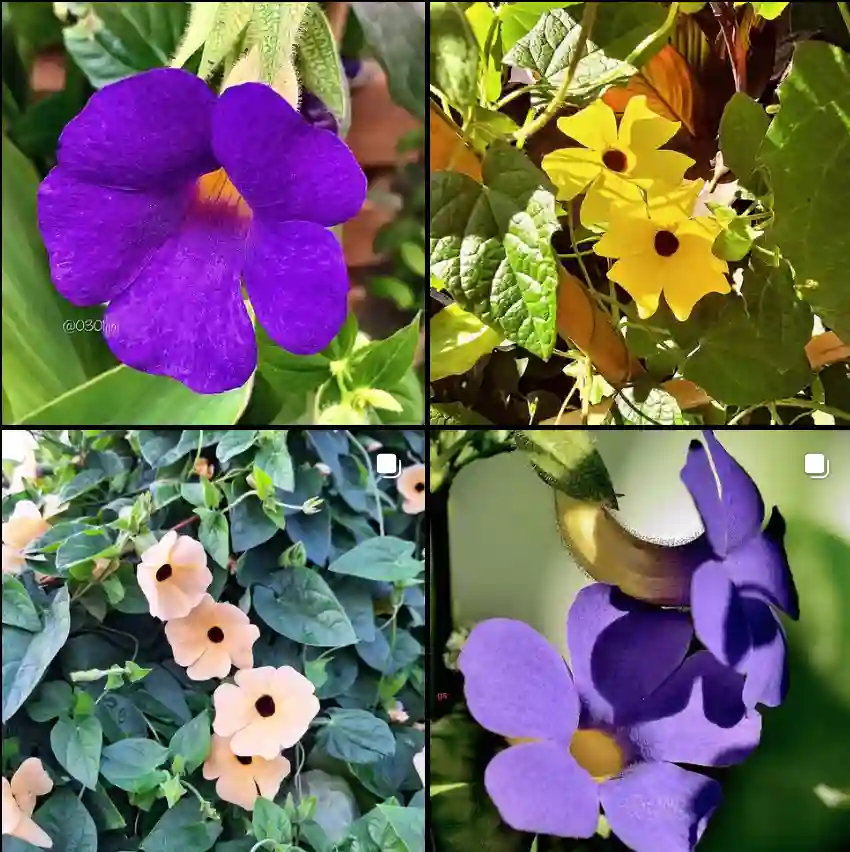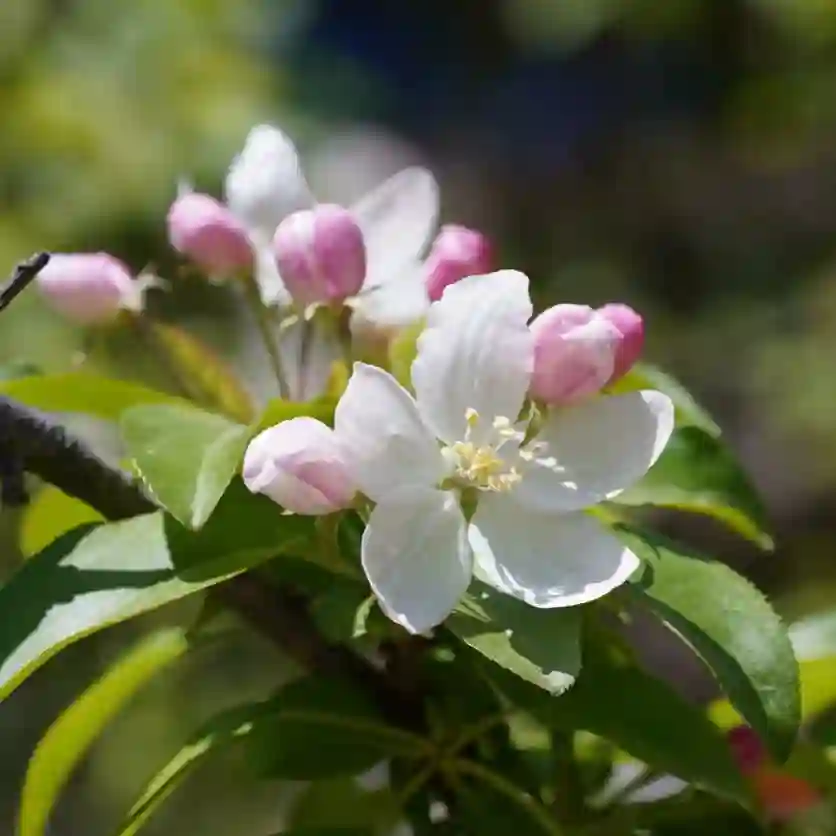Cota: A Closer Look at the Golden Chamomile
I’ve always been fascinated by the subtle beauty of wildflowers. There’s something about their resilience and understated elegance that speaks to me. Lately, I’ve been particularly drawn to the Cota genus, a group of plants often referred to as golden chamomile. They might not be the flashiest blooms in the meadow, but their delicate charm and connection to the iconic chamomile have captured my attention.
What is Cota?
Cota is a genus of flowering plants that belongs to the Asteraceae family, the same family as sunflowers and daisies. Native to Europe, North Africa, and southwestern Asia, these herbaceous plants are characterized by their small, daisy-like flower heads with white or yellow ray florets surrounding a central cluster of yellow disc florets. They often thrive in dry, grassy habitats and rocky areas.
A Diverse Genus
While the name “golden chamomile” might suggest a single plant, Cota is actually quite a diverse genus. Here are:
- Cota tinctoria: Cota tinctoria, also known as Golden Marguerite or Dyer’s Chamomile, is a perennial herbaceous plant in the Asteraceae family. Native to Europe and parts of Asia, it thrives in well-drained soils and sunny environments, making it a popular choice for low-maintenance gardens. Cota tinctoria is prized for its bright yellow, daisy-like flowers that bloom from early summer to fall, adding a pop of color to flower beds and wildflower mixes. Aside from its ornamental use, the plant has a history as a natural dye source, with its flowers producing shades of yellow. The foliage of Cota tinctoria is feathery and aromatic, giving off a pleasant scent that can deter some garden pests, enhancing its appeal for eco-friendly gardens. While not often used in modern herbal medicine, it has traditional applications in minor wound healing and mild digestive issues.
- Cota altissima (L.) J.Gay
- Cota amblyolepis (Eig) Holub
- Cota anatolica (Behçet & Almanar) Alv.Fern., Vitales & Fırat
- Cota antitaurica (Grierson) Holub
- Cota austriaca (Jacq.) Sch.Bip.
- Cota brachmannii (Boiss. & Heldr.) Boiss.
- Cota brevicuspis (Bornm.) Holub
- Cota coelopoda (Boiss.) Boiss.
- Cota dalmatica (Scheele) Oberpr. & Greuter
- Cota dipsacea (Bornm.) Oberpr. & Greuter
- Cota dubia (Steven) Holub
- Cota fulvida (Grierson) Holub
- Cota halophila (Boiss. & Balansa) Oberpr. & Greuter
- Cota hamzaoglui Özbek & Vural
- Cota jailensis (Zefir.) Holub
- Cota latealata (Hub.-Mor.) Alv.Fern. & Vitales
- Cota linczevskyi (Fed.) Lo Presti & Oberpr.
- Cota lyonnetioides Boiss. & Kotschy
- Cota macrantha (Heuff.) Holub
- Cota macroglossa (Sommier & Levier) Lo Presti & Oberpr.
- Cota mazandaranica (Iranshahr) Lo Presti & Oberpr.
- Cota melanoloma (Trautv.) Holub
- Cota monantha (Willd.) Oberpr. & Greuter
- Cota nigellifolia (Boiss.) Alv.Fern. & Vitales
- Cota × ochroleuca (Čelak.f.) Holub
- Cota oretana (Carretero) Oberpr. & Greuter
- Cota oxylepis Boiss.
- Cota palaestina Kotschy
- Cota pestalozzae Boiss.
- Cota rayatensis (Eig) Holub
- Cota saguramica (Sosn.) Lo Presti & Oberpr.
- Cota samuelssonii (Rech.f.) Oberpr. & Greuter
- Cota segetalis (Ten.) Holub
- Cota talyschensis (Fed.) Lo Presti & Oberpr.
- Cota triumfetti (L.) J.Gay
- Cota wiedemanniana (Fisch. & C.A.Mey.) Holub
Cota tinctoria: The Dyer’s Chamomile
Of all the Cota species, Cota tinctoria holds a special place in history. Known as Dyer’s chamomile or yellow chamomile, this plant has been used for centuries as a natural dye. Its flowers yield a range of yellow and gold hues, which were traditionally used to color fabrics. I find it fascinating how something so seemingly simple as a wildflower can have such a rich and practical history.
Why Cota Matters
In a world obsessed with large, showy blooms, it’s easy to overlook the more subtle beauty of plants like Cota. But these often-overlooked wildflowers play a crucial role in their ecosystems. They provide nectar and pollen for pollinators, contribute to the biodiversity of their habitats, and even offer us glimpses into the past through their historical uses.
For me, Cota serves as a reminder that beauty can be found in the simplest of things. It’s a reminder to appreciate the understated elegance of the natural world and to recognize the value of even the smallest wildflower.
If i die, water my plants!



